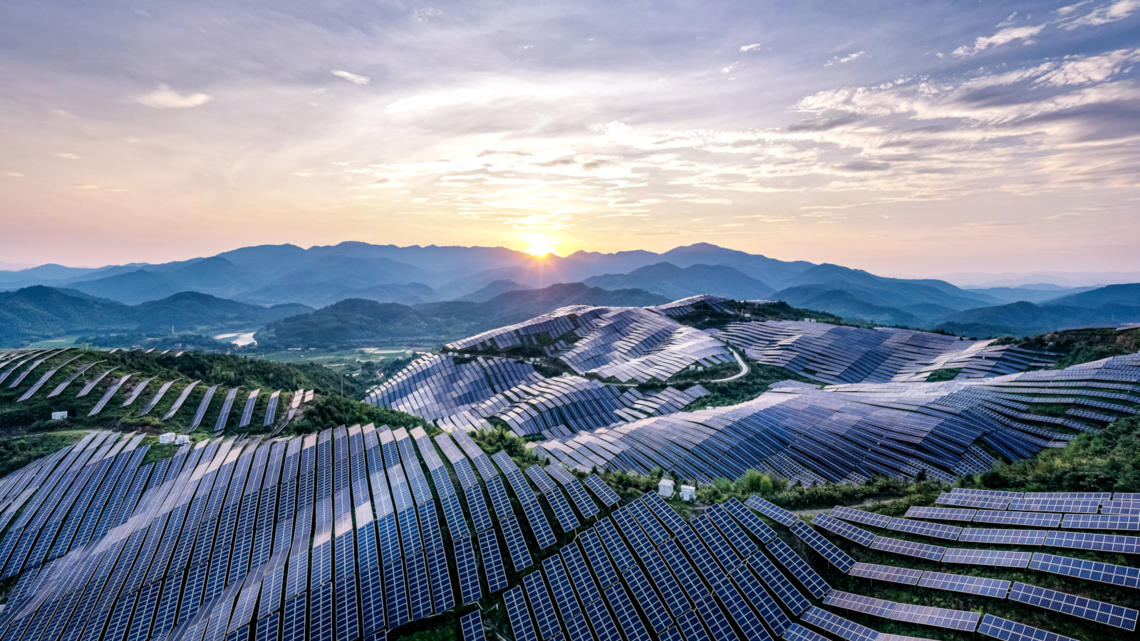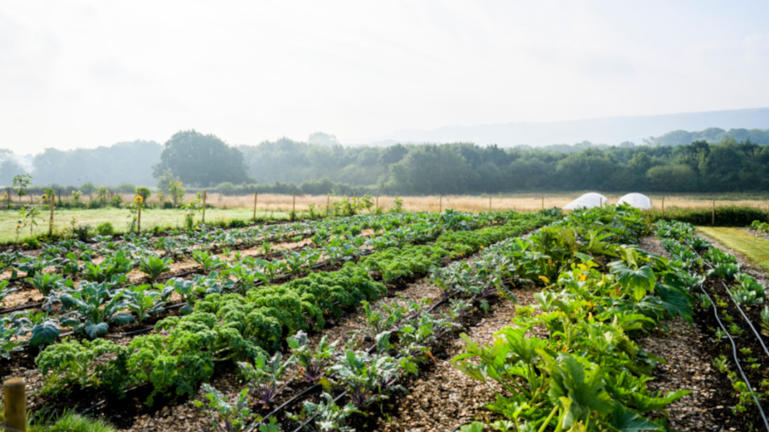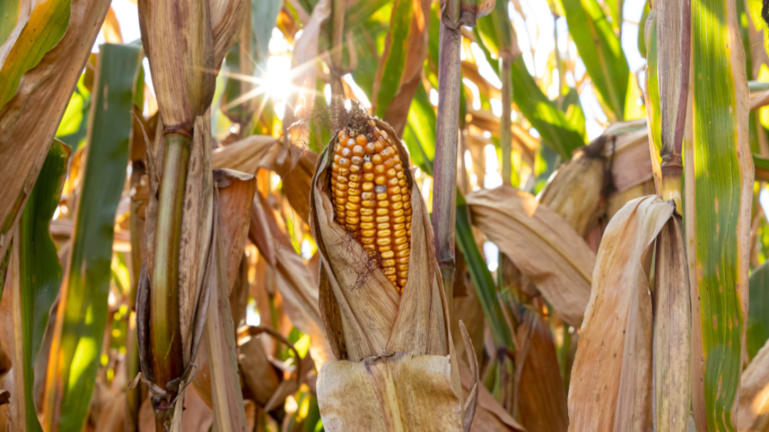Nature is the backbone of the world economy. Industries, from agriculture to energy, impact and depend on the natural world. Global populations and economies continue to grow, as do their demands on nature and natural resources. Future resilience and prosperity demand that these needs are managed sustainably.
Wildlife populations have decreased by 70% in the last 50 years,1 which puts multiple ecosystems at risk of collapse. The energy sector accounts for 10% of the pressures causing biodiversity loss,2 with oil & gas and utilities having a particularly high impact, largely due to pollution, greenhouse gas emissions and impacts on species and their habitats. Even renewable electricity technologies can have unintended effects on nature. For example, the total amount of land and sea area required to generate the world’s renewable energy requirements is circa 1 million km2, equivalent to almost twice the size of France.2 Any development close to this figure will result in the loss of natural habitats and undermine nature’s resilience to climate change effects. Therefore, we need a holistic framework as part of the global energy transition to address these impacts and, simultaneously, realize opportunities for nature restoration.
The good news is that in December 2022, the Kunming-Montreal Global Biodiversity Framework was adopted, providing the ambitious global aim of halting and reversing biodiversity loss by 2030. While delivering the targets set out in the Global Biodiversity Framework will be a shared task between governments, businesses, financial institutions and civil society, we need more investment, particularly from the private sector, to scale up efforts. This insights piece describes what businesses can do now to take action as required by the Global Biodiversity Framework.
At WBCSD, we are helping companies navigate and manage their nature-positive journeys by providing guidance for consistent and credible business actions, including for specific value chains. Our Roadmaps to Nature Positive are mapping the key nature impacts and dependencies and are identifying priority actions across three high-impact global value chains: land-based (Food & Agriculture and Forest), built environment, as well as energy. This is aligned with broader efforts to map sector transitions to nature-positive in collaboration with Business for Nature and the World Economic Forum.
Our team will lead a workshop at the Reuters Global Energy Transition in New York on 7 and 8 June. Learn more about what we will cover at the bottom of this blog!
Nature Positive Roadmap for the Energy System
The Nature Positive Roadmap for the Energy System will provide tools and guidance for companies to implement nature-positive transition plans using the globally agreed high-level actions for nature: ACT-D, i.e., Assess, Commit, Transform and Disclose. In addition, it will support companies in setting science-based targets for nature (in line with the Science Based Target Network (SBTN)) and applying the Taskforce for Nature-Related Financial Disclosures (TNFD) framework to nature disclosures.
Emerging insights so far include that:
- The energy system will play a key role in contributing to the Global Goal for Nature: it has broad and significant impacts on nature, including water use, air pollution and emissions, land intake, habitat fragmentation and disturbances during construction and operation. But it also has massive potential to drive nature-positive change within its value chain and beyond as an essential component of the supply chains of almost all public and private entities, as well as final customers.
- It is key to consider trade-offs between impacts on nature, climate and people: especially in the energy system, climate impacts have been at the forefront of company actions so far, but the increasing momentum around nature offers an opportunity to rebalance and consider the overall implications for all three topics.
- We need deep collaboration along the entire value chain to be able to implement impactful transformative actions at a global scale. To enable this collaboration, transparency is required on KPIs, baselines, disclosure and targets so that these can be embedded into each step of the value chain. New metrics are needed for that, and developing and testing these new metrics will take time, as will building partnerships within the value chain that catalyze nature-positive innovation.
TNFD pilot project with WBCSD members
Alongside the roadmap development, six WBCSD member companies have been involved in our TNFD energy system pilot, testing its draft version and providing feedback to the TNFD as well as on the Nature Positive Roadmap.
Key findings to date:
- The piloting companies already have policies and processes in place to manage and monitor impacts, risks and opportunities associated with nature. Most of them focus on addressing their own impacts, e.g., through converting habitat, using water or via emissions. Some pilot companies are already applying concepts such as “net-positive impact” or “net gain” to individual projects, particularly for biodiversity.
- To capture the wider nature-positive agenda beyond biodiversity, pilot companies are now undertaking gap analyses between their existing commitments, practices and management tools and what working toward nature-positive requires. Such analysis is necessary to integrate nature-positive aligned approaches more explicitly into strategic business planning and management processes, as well as identify any capacity/skills needed to implement them.
- New for many companies is the need for a deeper focus on nature impacts and dependencies arising in upstream activities and, for some companies, in their products sold downstream. One possible approach explored during the pilot is to do an initial, qualitative assessment to prioritize those business units for a more detailed assessment.
What’s next?
The overall work on the Roadmap for the Energy System will continue through 2023 and most of 2024, releasing outputs for companies to use along the way – the first ones in Q3 2023. WBCSD is also setting up an SBTN Preparer Group and scoping a TNFD Preparer Forum. These will help companies to get ready to set science-based targets for nature and TNFD-aligned disclosures.
Join us at the Reuters Global Energy Transition Conference for a deep dive into energy and biodiversity
Our team will be leading a workshop at the Reuters Global Energy Transition 2023. As one of Reuters' flagship events, the conference will gather 750+ executives in New York on 7-8 June to shape and deliver the energy systems of the future. At our workshop, the attendees and us will share advice on how to accelerate nature-positive action via three focused break-out groups:
- How to apply the 2022 Global Biodiversity Framework to your business – what targets and metrics are needed?
- How to implement the TNFD to help your business – how to integrate biodiversity into enterprise strategy and risk management processes?
- How to take Nature Positive action on the ground – what actions are other companies already taking to reverse impacts and restore biodiversity?
The purpose of the workshop will be to provide attendees with ideas and examples of approaches already used, or proposed, to address the questions above. Attendees will leave the workshop better equipped to drive nature action within their businesses.
Mariana Heinrich (WBCSD Director, Energy Pathway), Pete Jones (WBCSD Manager, Nature and secondee from ERM) and Margaret O’Gorman (President, Wildlife Habitat Council) will run the workshop. We hope to see you there! Register here to attend.
For more information on how to get involved in our energy and nature work, please contact: pete.jones@wbcsd.org or heinrich@wbcsd.org.
[1] WWF Living Planet Report 2022 https://wwflpr.awsassets.panda.org/downloads/lpr_2022_full_report.pdf








